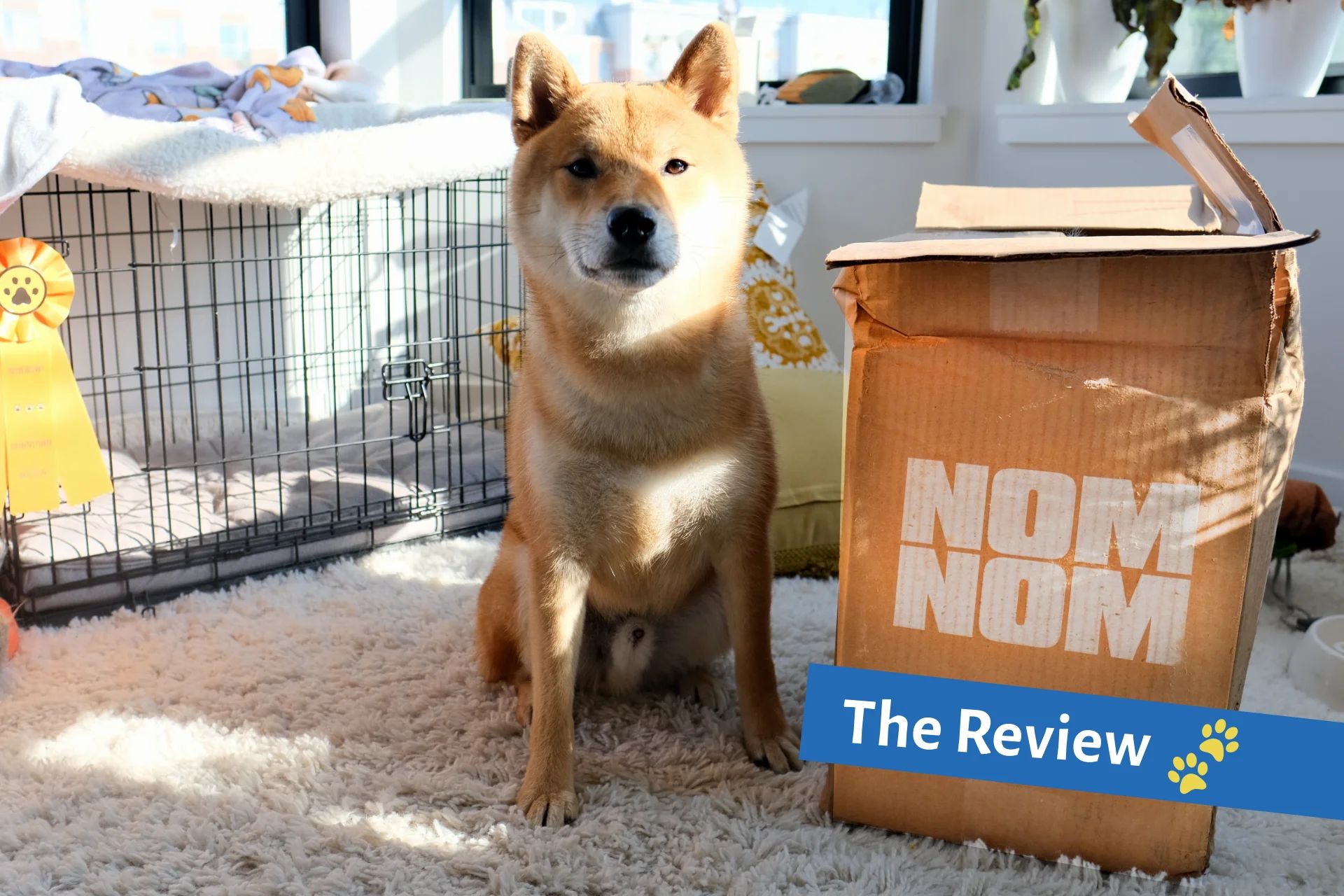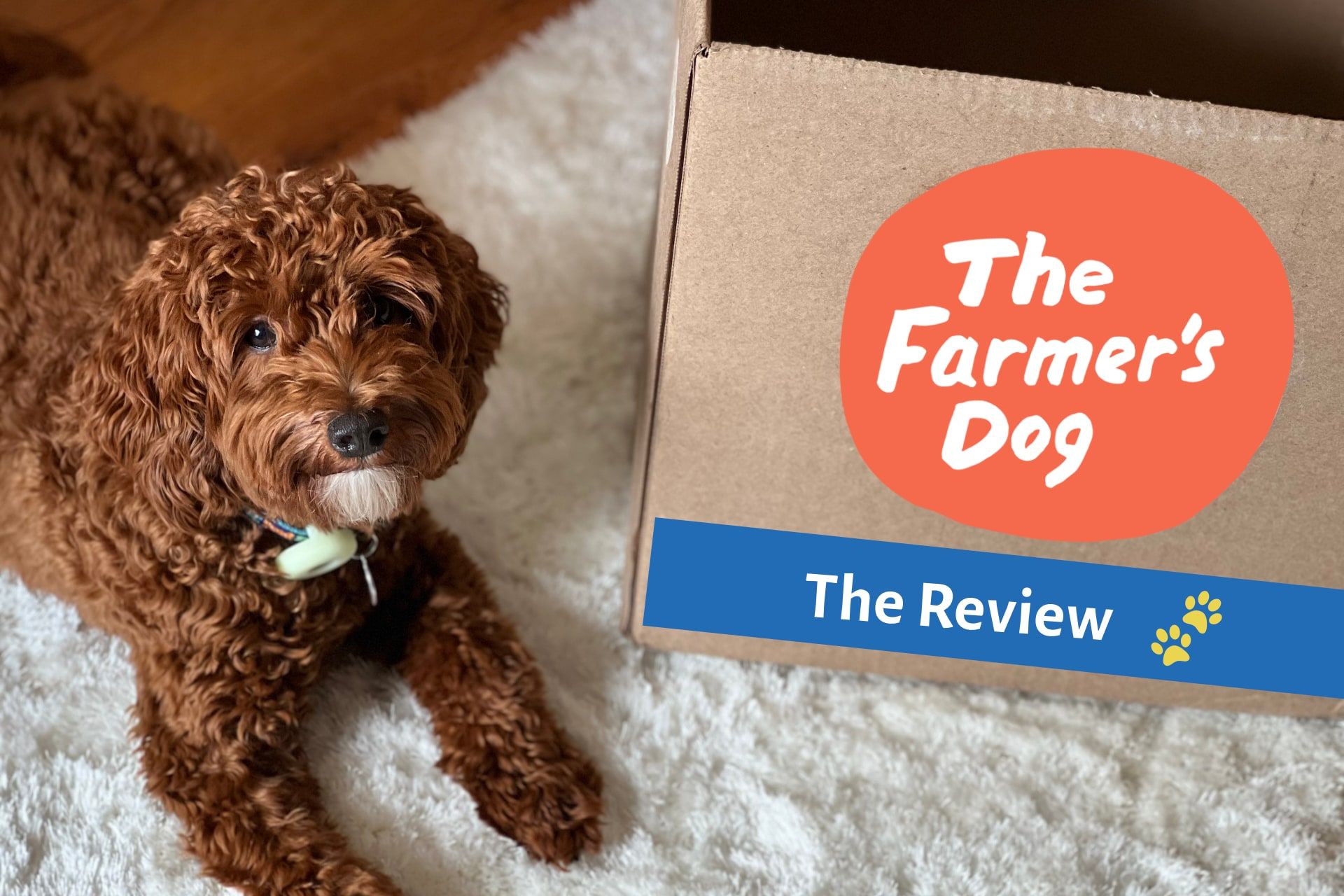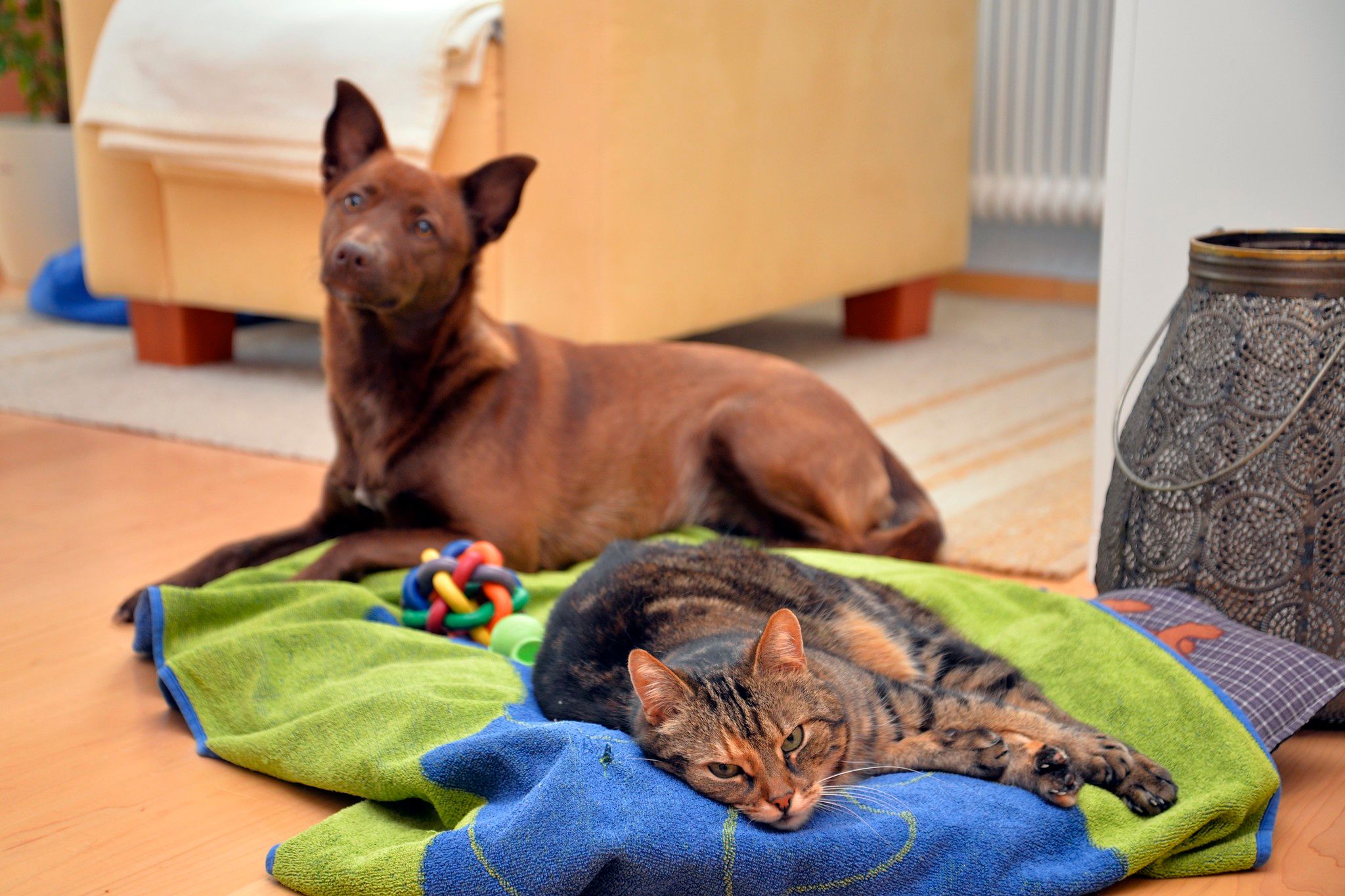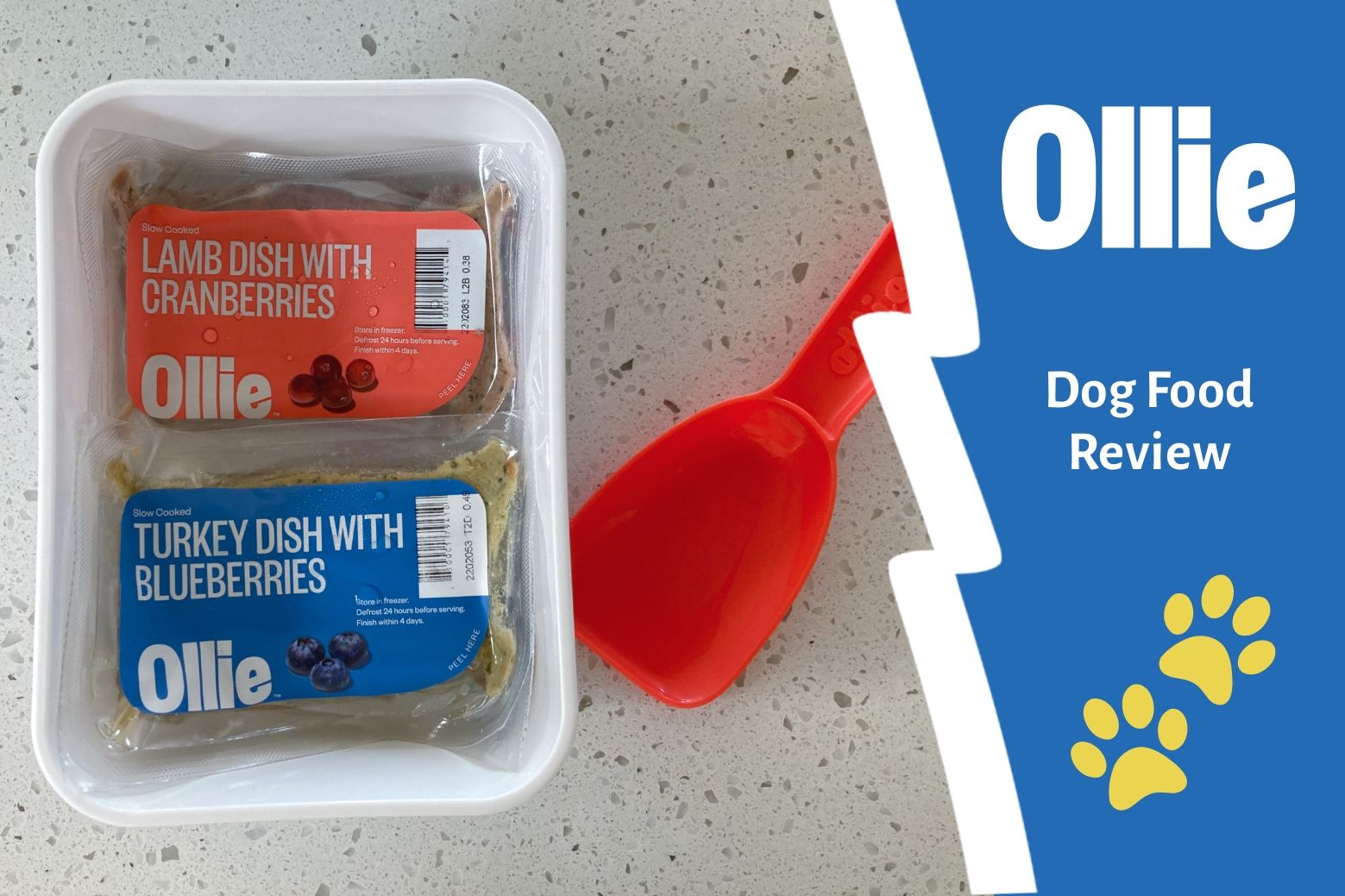Kitten Size Calculator
As the proud owner of a new kitten, you may have wondered how big your feline companion will be once they’re fully grown. While it’s not an exact science, and growth can be influenced by factors like diet and health, we can use a kitten’s current weight and age to help predict their healthy adult weight with a reasonable degree of accuracy. Doing this will help you to make decisions about their future needs, such as the size of their litter box or the amount of food they’ll require.
We’re confident that our evidence-based growth calculator for kittens - and our corresponding puppy size calculator - are the best you can find online! It’s backed by the very latest scientific research into the growth patterns of domestic shorthair (DSH) cats - give it a try!
How big will my cat get? What the science says
Most of the cat weight calculators on the internet are very basic. Many assume a completely steady rate of growth during a cat’s first year, which can be extremely misleading! We’re confident that ours is the best on the internet.
Our calculator is based on data from a recent study by veterinarians at the University of Liverpool and Banfield Pet Hospitals. They analysed data on thousands of sexually-intact domestic shorthair cats between the ages of 8 to 78 weeks to model the different growth trajectories based on sex, neuter status, and more.
Valid inputs will generate a yellow band representing the two centile lines between which the kitten falls, based on current age and weight. The red line plots their predicted weight until adulthood. It’s advisable to weigh regularly to confirm the accuracy of this prediction. It’s possible for healthy cats to cross centile lines upwards or downwards, but this is more likely to occur when there are developmental problems or nutritional issues. Cats crossing two or more centiles should be carefully assessed.
What are growth centiles? 📈
Growth centiles allow us to compare the size of a cat to other cats of the same age and sex. This can give us an indication as to whether a kitten is growing at the expected rate, or if there could be an issue with their development.
The growth centiles in our chart - 0.4%, 2%, 9%, 25%, 50%, 75%, 91%, 98%, and 99.6% - represent the range of sizes that are considered normal for kittens of a given breed and age. For example, if an 8-week-old female kitten weighs in around the 50th centile on the growth chart, this means that 50% of cats at the same age are smaller than that kitten, and 50% are larger. In other words, the cat is average-sized. If a kitten falls above the 91st percentile, this means that 91% of individuals of the same breed and age are smaller than that kitten.
Remember that the 50th centile is not a target. In reality, any centile line can be considered healthy - what is more important is that a cat doesn’t cross between centile lines as they grow. Doing so can sometimes indicate underlying illness or poor nutrition. This is why it is important to weigh your kitten regularly.
What if I don’t know the age of my cat?
If you have a adopted a kitten and don’t know its age, it can be more challenging to predict their adult weight. While it’s possible to make an educated guess by looking at photos of kittens at various ages, it’s generally a better idea to get your cat checked out by a vet. They can often make a more accurate guess by examining their teeth, body condition score, and weight.
What factors affect a kitten’s growth?
A kitten’s growth is affected by many factors. One of the most significant is genetics, as certain breeds tend to be larger or smaller than others. For example, Maine Coons or a Siamese cats will often grow to be bigger than a typical domestic shorthair (on which our calculator is based).
Another important factor is nutrition. A kitten who is not receiving proper nutrition may have slowed growth or may not reach their full potential size. It’s important to feed kittens a high-quality kitten food that provides all the necessary nutrients for proper growth, and to feed them the appropriate amount - try using a calorie calculator. Kittens also have different nutritional needs than adult cats, so it’s essential to transition them to adult food at the appropriate time.
Physical activity level can also play a role in a kitten’s growth. Kittens who have plenty of opportunities to run, play, and explore may have stronger muscles and bones, which can contribute to their overall size. Kittens who are kept indoors and are less active will often follow a different pattern of growth, and their diet should be adjusted accordingly.
Finally, overall health can affect a kitten’s growth. Kittens who are sick or have underlying health conditions may have slowed growth or may not reach their full potential size. It’s important to keep your kitten up to date on their vaccinations and to take them to the veterinarian for regular check-ups to ensure they are healthy and growing properly.
How can I accurately weigh my cat?
One of the best ways to track your kitten’s growth is to weigh them regularly. Most veterinarians recommend weighing your kitten once a week until they are about 6 months old. After that, you can scale back to weighing them every couple of weeks to once a month.
You have several options:
- ⚖️ Use a home scale (and some math!): If your home scales are accurate to at least 0.1 lb / 0.05 kg, you can use them to weight your cat. Try to encourage them to stand still without touching them, as this can affect the reading. For this reason, a better approach may be to weigh yourself while holding the kitten, then subtract your own weight from the result.
- 👩⚕️ Visit your vet: Your veterinarians will have a scale that is designed for weighing pets. You can make an appointment to bring your cat in for a weigh-in and a health check-up as required. Remember that a short visit to use the vet scales will usually be free.
Is a cat fully grown at 12 months?
Yes! Cats typically reach physical maturity at around 12 months of age, although some larger breeds may continue to grow until they are 18 months to 2 years old. It’s important to feed your cat a balanced diet that is appropriate for their age, and to provide them with plenty of opportunities for exercise to help them reach their full potential size.
Why is my kitten not putting on weight?
If you’re concerned that your kitten is not gaining weight as they should, you should speak to your vet as soon as possible. Many common reasons why a cat isn’t putting on weight can be remedied with the right treatment.
- Poor nutrition: Make sure you are feeding your kitten a high-quality kitten food that meets their nutritional needs. Kittens have different nutritional requirements than adult cats, and it’s important to provide them with the right balance of proteins, fats, and other nutrients to support their growth and development.
- Medical issue: If your kitten has an underlying medical issue, such as a digestive problem or an infection, they may not be able to absorb nutrients properly or may have a decreased appetite. In this case, it’s important to consult with your veterinarian to determine the cause and receive proper treatment.
- Stress: Stress can affect appetite and weight gain in kittens. If your kitten is experiencing stress due to changes in their environment or routine, they may not be eating as much as they should.
To summarise: predicting a cat’s adult weight can be challenging, since it depends on a combination of genetics and environmental factors. But by using our calculator, weighing your cat regularly, and consulting with your vet if you’re ever concerned, you can be confident that your kitten is on a healthy growth trajectory.
About YourPaws.com
Here on Your Paws, I build science-backed tools for pet owners. You'll also find vet-checked answers to common questions and in-depth reviews of food and toys, all designed to help you make the right decisions for happy, healthy pets. Read more about the site.
The content on this website is intended to be informative, but it should not be taken as a substitute for personal advice from your vet. See our editorial policy and disclosure to learn more.









